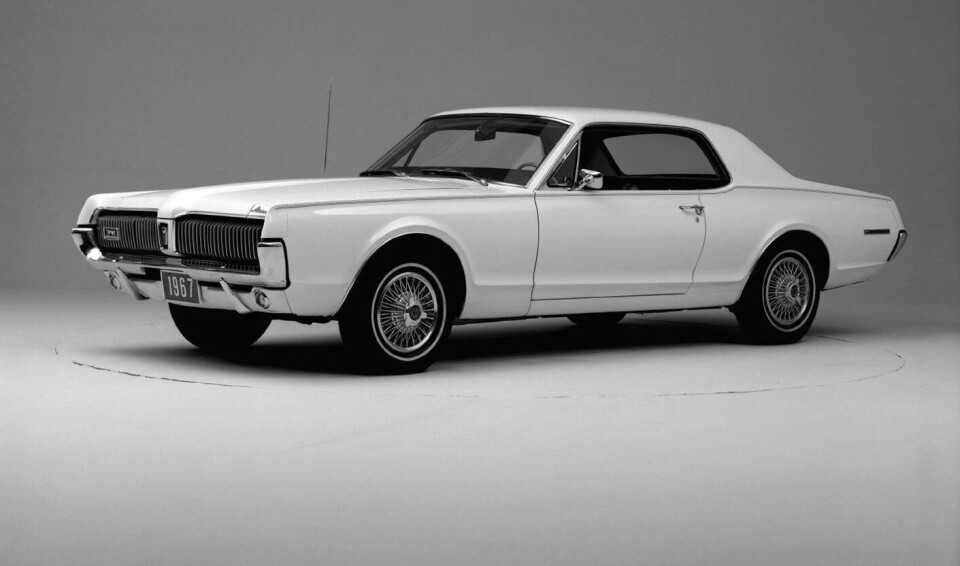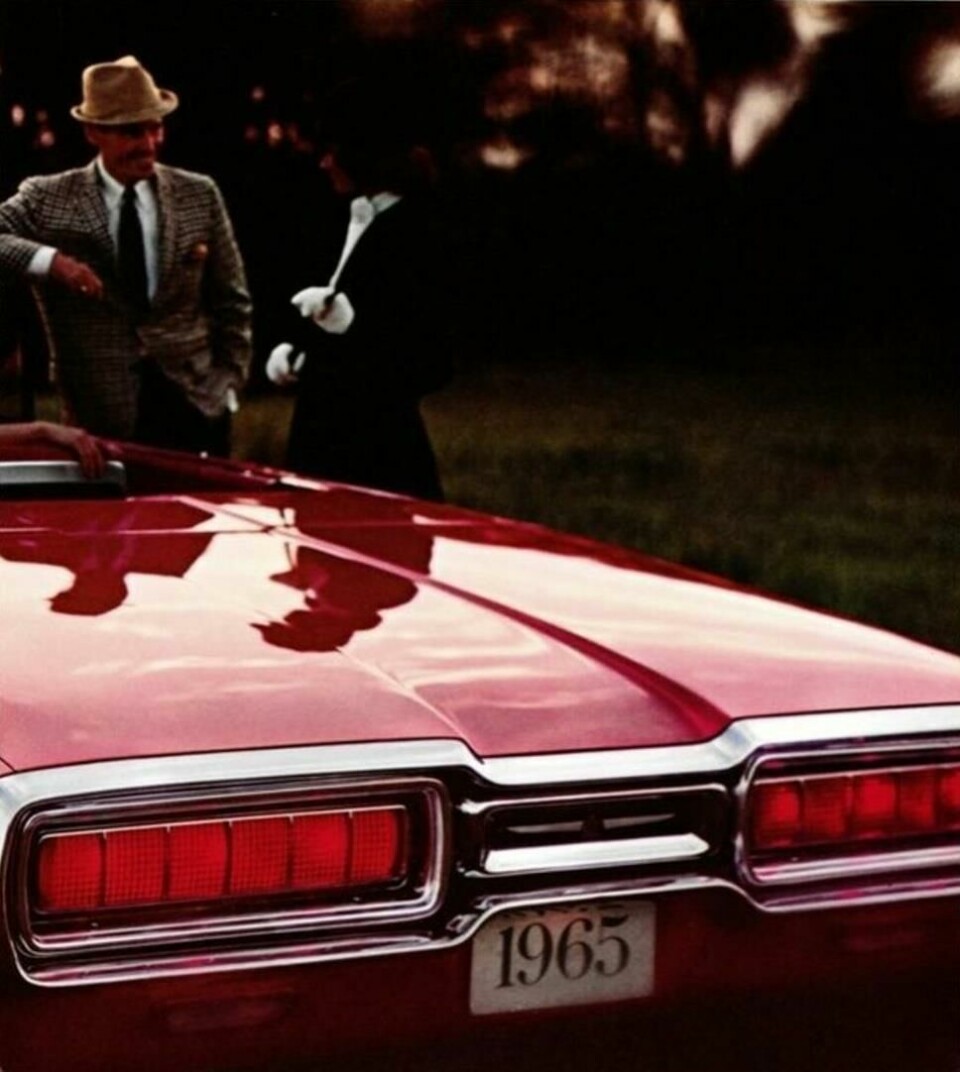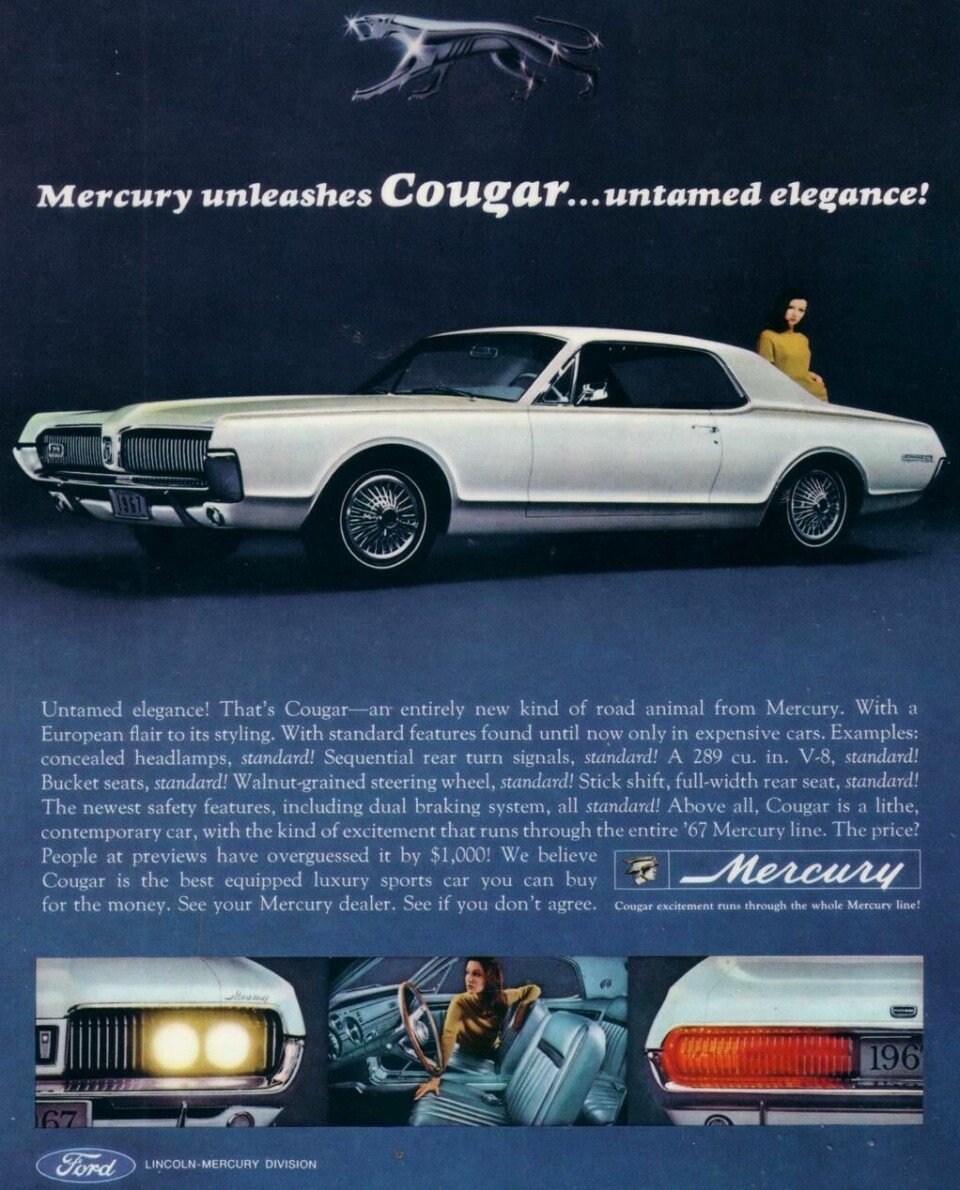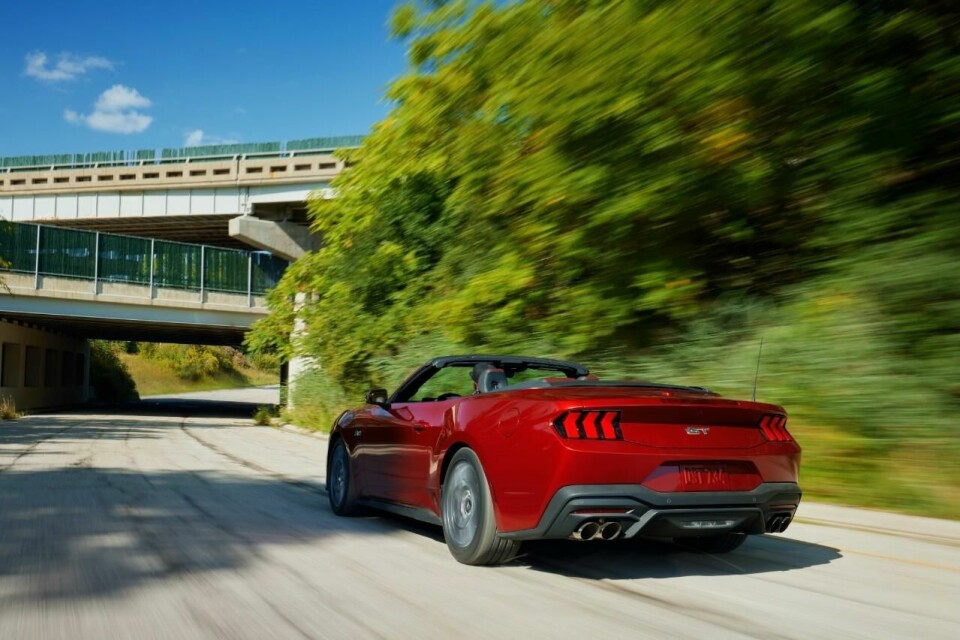
Flashback: sequential turn signals
In 1964, Ford introduced a redesigned model of its personal luxury car, the Thunderbird. It featured a new, sharper, more raptor-like design, more power with a massive 392 cubic inch V8 and a host of new luxury features, including an all-new interior.
But one feature that did not make the 1964 model was its unique sequential turn signals. Not every state in the US had legalised them, and so Ford had to wait a year until the signals were legal in all US markets.

The sequential turn signal was, and is, a classic example of a design whose form is suggestive of its function. In this case, the turn signal was not an on-off blinking light, but a series of lights that lit up sequentially to suggest the direction of intended travel. A left turn signal, for instance, would light up its inner most lights and then successive lights to its left until the all the lights of the signal were lit or until the sequence would start again.

Hagerty Media once described how the signals worked: “This primitive system used the turn signal switch to complete the circuit, providing power to the corresponding bank of lights. Power traveled through the sequencer, which is a small electric motor with three cams. The cams—one for each bulb in the taillight—independently triggered three switches. By rotating the cam, the bulbs lit in sequential order, turned off, and repeated the process until the turn signal switch was cancelled.”
Sometimes a gimmick is a design feature that is surprisingly functional
The 1965 Thunderbird (above) was the first Ford to get the signals, followed by the 1967 Mercury Cougar and Ford Mustang. Chrysler would get in on the fun for its 1969 Imperial, but the feature only lasted one year.

The sequential turn signal would largely disappear from the market for decades, only to be revived by Ford for its Mustang cars from 2010 onwards. Other marques have adopted the feature, with simpler assemblies made possible by advanced electronics and LED lights.
Critics have described the sequential turn signal as “an answer to a question no one asked”, and, indeed, there’s no research that suggests the sequential version is any better that the standard blinking turn signal.

But it is eye-catching to those following, and so may be a bit safer in traffic and, designed well, it can be a real asset to the fascia design and lighting signature at the rear of the car.
Sometimes a gimmick is just a gimmick. And sometimes a gimmick is a design feature that is surprisingly functional and unique. Sequential turn signals are definitely in the latter category.



